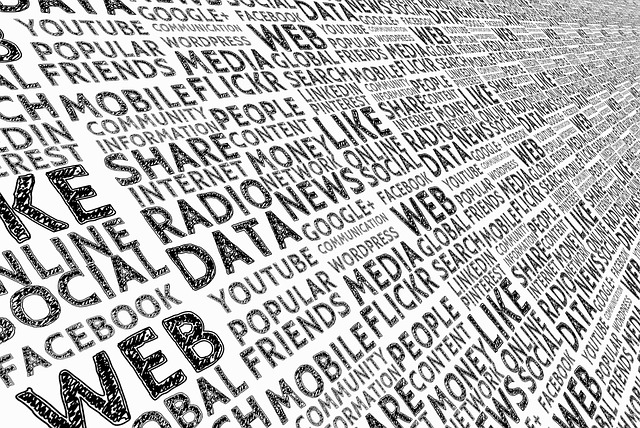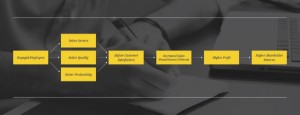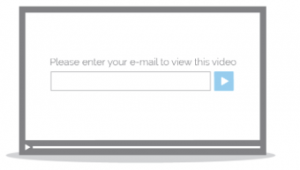— August 3, 2017

geralt / Pixabay
When you see the FedEx logo, do you notice the arrow in the space between the E and the X, suggesting movement? Does the number 31 stand out to you in the Baskin Robbins logo? Or can you spot the Bronx skyline in between the legs of the animals featured in the Bronx Zoo logo?
These simple-but-clever twists are frequently what separate a great logo from an average one.
But is a logo really that important? In a word, yes.
An article in MIT’s Sloan Management Review on “The Power of a Good Logo,” reported that, “when they express a brand’s symbolic, functional or sensory benefits, logos have a significant positive effect on customer commitment to a brand — and thereby a significant impact on company performance in terms of revenues and profits.”
A good logo can make you more money.
But how do you get from idea to actual design? That’s what you’ll learn today: how to create a logo that wows your customers!
Where do you use a logo?
So, of course, you’re going to want to plaster it absolutely everywhere, online and off, including:
- Your small business website
- Your social media profiles
- In online advertising
- On digital downloads
- On stationery
- On business cards
- On brochures
- On posters
- On signage
- On promotional products and giveaways
Anywhere your business name appears, so should your logo.
How to create a logo
Every designer has their own creative process for developing logos, but for many, designing a logo starts with questions.
- If the business were an object, what would it be?, asks Mara Measor of Sunbird Creative.
- What is your brand personality? Are you fun and trendy? Conservative and serious?
- What is your style and tone? Are you helpful? Straightforward? Or are you sophisticated?
- If your company were a color what would it be?, asks David Everett Strickler, a marketing and branding consultant.
- Who is your ideal customer? What do they care about?
- How should the brand make people feel?
These questions generate ideas for imagery and typefaces that could represent what you provide your clients. That’s the start of converting your business concept to a single icon.
Other principles to keep in mind include:
Make it scalable. Use vector software, such as Adobe Illustrator, when designing your logo. Vector software is a type of design program that creates images and illustrations that won’t lose their crispness and clarity when you enlarge them. That’s a big problem when you use raster, or bitmap, software, like Paint Shop Pro, when designing a logo.
Limit your colors. While you can use multiple colors in a digital medium, if you’ll also be using your logo in print, you’ll want to limit your choices to 2-3 colors, says Amy Shropshire of Postali.
Compare orientations. See how your concept looks in different orientations – horizontal, vertical, and stacked – advises Shropshire. “This ensures your logo will fit with any type of layout.”
Go black and white. Once sketches are created, the question becomes: how legible or recognizable is the logo is in black and white. When you strip all the color away, can you instantly tell whose logo it is? If so, the design is strong.
Nix fine lines. And steer clear of too many fine lines, which are hard to see on a computer screen.
Keep it simple, recommends Danielle Becker of Leftys Right Mind. “If a logo’s shape becomes too complex, it is easy to lose sight of the message and overall representation the company is trying to convey.” Don’t try to do too much, she says.
Digital & Social Articles on Business 2 Community
(60)
Report Post





